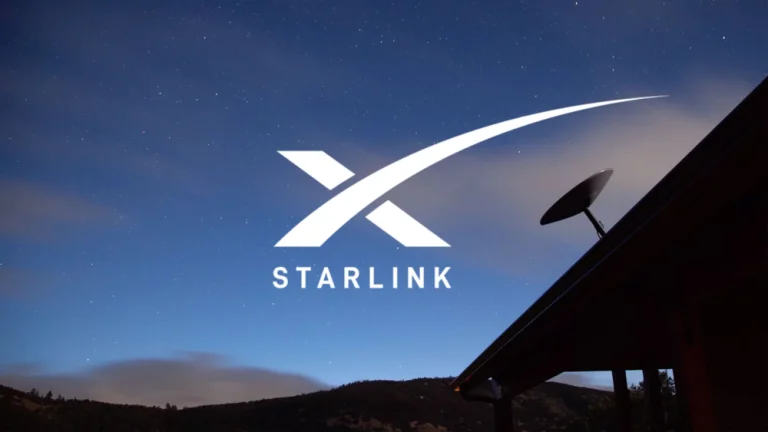With the launch of Starlink Aviation on Wednesday, Elon Musk’s SpaceX is extending the reach of its satellite internet unit into in-flight WiFi services. Customers may take advantage of the growing rivalry for airborne connectivity by purchasing a $150,000 aeroplane antenna.

Customers looking for broadband internet aboard private aircrafts will pay between $12,500 and $25,000 per month for the service, on top of a one-time $150,000 hardware expense, the company claimed on its website. Starlink is SpaceX’s expanding network of thousands of internet satellites.
According to information on Starlink Aviation’s website, reservations will require a $5,000 deposit and terminal deliveries will start in the middle of 2023. Each terminal can deliver up to 350 Mbps, which is sufficient for video conversations and online gaming, the company stated.
In a market dominated by firms like Inmarsat and its rival ViaSat, which are set to merge, low-Earth orbiting satellite network builders like SpaceX’s Starlink and Britain-backed satellite operator OneWeb are vying for airlines and private jet services.
OneWeb on Tuesday signed a deal to promote and sell its internet service to airlines by the middle of 2023. Panasonic Avionics, a global leader in in-flight broadband, provides service to over 70 airlines.
Last week, the British competition watchdog referred Viasat’s proposed acquisition of rival Inmarsat for a thorough review due to worries that the alliance could stifle fresh competition in the airline connection market and drive up the cost of in-flight Wi-Fi.
Next year, SpaceX intends to provide Starlink internet access on Hawaiian Airlines aircraft. With tens of thousands of individual clients currently paying $110 a month with a $599 terminal, the company already offers the service for RVs and nautical customers.
